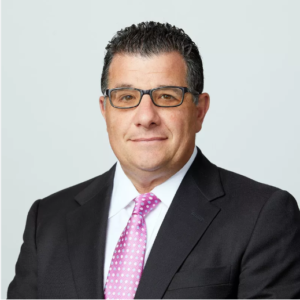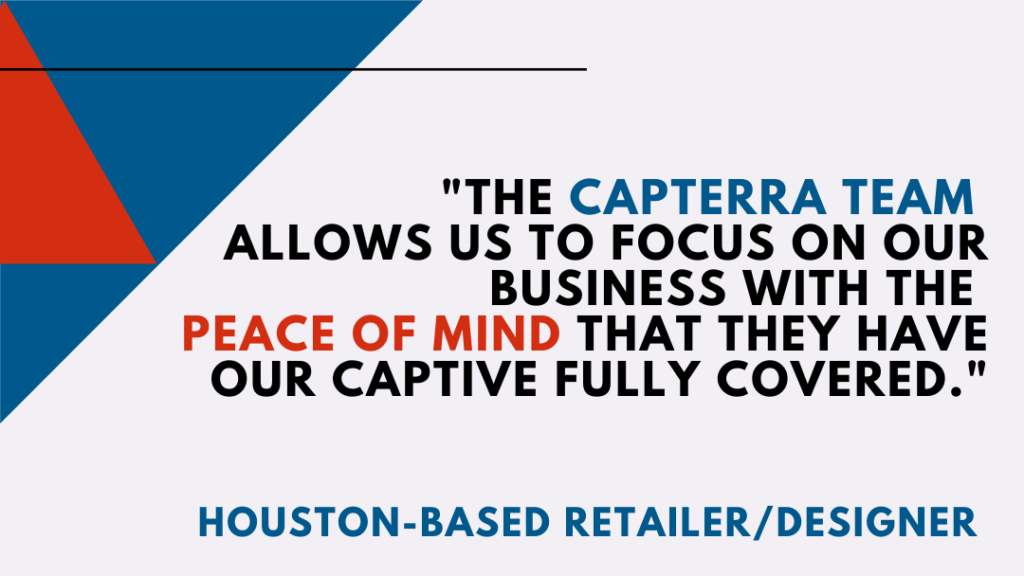
Dr. Barbara McAneny, CEO and President of New Mexico Oncology Hematology Consultants, LTD, has long been an advocate for captives and their ability to offload risk while reducing commercial insurance companies’ premiums that vanish from her practice’s bottom line.
In the winter of 2024, her practice along with other medical practices faced a major challenge. Due to a cyber breach involving one of the medical industry’s largest claims processors, Change Healthcare, her practice could not process their patient claims immediately.
Dr. McAneny had upcoming payroll looming for almost 300 employees as well as other payables, such as buying chemo drugs for their patients, with no incoming cash from Change Health. The inability to process claims and secure cash flow would impact her practice for 16 weeks.
Fortunately, Dr. McAneny and New Mexico Oncology Hematology Consultants, LTD operated a private captive insurance company, which had built up cash reserves to mitigate for such a risk. Dr. McAneny leveraged the captive by accessing its surplus in order to help mitigate further loss due to the cyber breach.
In addition, the medical practice has coverage through the captive insurer for additional expenses.
Not all medical practices had the ability to mitigate risk for such a major event; some practices needed to be sold as they were not able to insure the risk of the cyberattack and loss of receivables for several months.
Dr McAneny also appreciates captives for their ability to mitigate the risk of punitive damages which traditional insurance does not cover. Since the captive was created in 2011, it has protected the practice from many risky events.
Dr McAneny started working with Capterra in 2021 after gaining an understanding of the true role and value of a Captive Manager. Speaking of service providers, she continued, “There are ones that say why you can’t do it, the others find ways to provide solutions in a safe, compliant way. I need someone to think with me and be creative in mitigating uninsured risks of my practice.”




